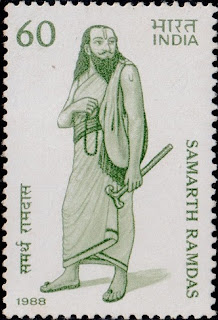The foundation day of Arunachal Pradesh is marked on 20 February. Also called the Land of the Dawn-lit Mountains, Arunachal became the 24th state of India on 20 February, 1987.
Arunachal Pradesh which means Land of Rising Sun in Sanskrit, was established as a separate state under the 55th Amendment to the Indian Constitution, 1986. The north-eastern state of Mizoram also came into existence on the same date as Arunachal Pradesh.
The region first finds mention in the Mahabharata and Kalilka Purana. Arunachal Pradesh is said to be where Lord Krishna married Rukmini. It is also said to the place where the sage Parshuram atoned for his sin of matricide.
Some facts about Arunachal Pradesh:
― It is the largest state in north-eastern India, with an area of approximately 83,743 square km.
― The state boasts of immense biodiversity, with eight wildlife sanctuaries, two national parks and one orchid sanctuary.
― Arunachal Pradesh is also home to the Dehang Dibang Biosphere Reserve.
― The official state bird is the hornbill while the state animal of Arunachal is the mithun.
― The Tawang Monastery, which is the second largest and oldest monastery in the world, is located in Arunachal Pradesh.
― The state is also home to about 26 major tribes and over 100 sub-tribes as well.









